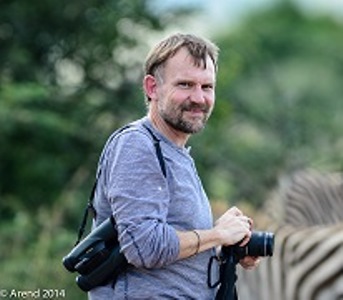August 2017
The scientific advisory bodies, to two key United Nations wildlife Conventions, met during July 2017, to discuss issues affecting many imperilled species and advise Governments on the actions they should take.
The Scientific Council of the Convention for the Conservation of Migratory Species of Wild Animals (CMS) met in Bonn, Germany, followed closely by the Animals Committee of the Convention on International Trade in Endangered Species (CITES) in Geneva, Switzerland. The outcomes from these meetings will help shape international actions aimed at improving species conservation and reducing the negative impacts of trade.
The CMS Scientific Council recommended that around 30 new species of mammals, birds and fish should be listed on its appendices, in order to encourage collaborative and complimentary conservation actions between countries that share species. It also recommended the creation of an African Carnivores Initiative in collaboration with CITES, which should help coordinate regional efforts to secure the future of African lions, leopards, wild dogs and cheetahs. Important proposals aimed at protecting marine species against the impacts of bycatch, marine noise and debris, and unsustainable or damaging tourism practices, were also endorsed, and action plans agreed to protect migratory birds.
At its Animals’ Committee, scientific representatives from CITES parties considered the sustainability of trade in and claims of captive breeding of endangered species. The trade in fennec foxes from Sudan, long-tailed macaques from Cambodia, and several other species from various countries, is to be scrutinised over the coming months. The Committee also discussed African lions - although a study on the impact of the bone trade on lion conservation has yet to be completed, South Africa announced earlier this year that it would allow 800 skeletons from captive-bred lions to be exported during 2017, and concerns were voiced over the sustainability of this level of trade. A working group was also established to develop guidance on how importing countries should go about determining whether facilities for live CITES-listed animals in international trade are ‘suitably equipped’ or ‘appropriate and acceptable’ to house and care for them. Other important issues discussed at the meeting included quotas for leopard hunting, transport guidelines for live animals, and the continuing trade in thousands of wild African grey parrots from the Democratic Republic of Congo.
While vitally important, these scientific committees are not the decision-making bodies for their respective UN Conventions; rather they advise their Standing Committees and Conferences of the Parties on technical aspects of the Conventions’ work.
Later this year, CMS will hold its 12th Conference of the Parties, and CITES its 69th Standing Committee meeting, where further actions will be considered. Several Link member organisations will be attending these meetings, pushing for the adoption of much of the good advice that has emerged from the scientific committees, and fighting hard for the highest possible protection for endangered species.
Mark Jones
Associate Director, Multilateral Environmental Agreements & UK Wildlife, Born Free Foundation
Follow @fishvetmj or @BornFreeFDN
The opinions expressed in this blog are the author’s and not necessarily those of the wider Link membership.




Latest Blog Posts